Blog » Travel Guides » Ultimate Tokyo Trav...
Ultimate Tokyo Travel Guide 2025-2026: Top Attractions, Local Secrets, and Travel Tips
Discover Tokyo like never before with this comprehensive 2025-2026 travel guide. From iconic neighborhoods and hidden gems to practical transportation advice and seasonal events, this guide equips all types of travelers with everything needed for an authentic and efficient trip to Tokyo.
Key Takeaways
- Best times to visit Tokyo are spring (March to May) for cherry blossoms and autumn (September to November) for fall foliage, avoiding hot summers and busy holiday periods.
- Essential travel apps include Google Maps, Google Translate, Suica/PASMO for transit, Japan Official Travel App, and Hyperdia or Japan Transit Planner to navigate Tokyo smoothly.
- Tokyo neighborhoods offer diverse experiences: Shibuya for youth culture, Asakusa for tradition, Harajuku for fashion, and Akihabara for tech and otaku culture.
- Using prepaid IC cards like Suica or PASMO simplifies travel across trains, buses, and even some shops with convenient tap-and-go payments.
- Respecting cultural etiquette—such as queuing patiently, keeping quiet on trains, removing shoes indoors, and not tipping—is crucial to a positive Tokyo experience.
- Tokyo offers a wide range of dining options from world-class sushi and Michelin-starred ramen to vegan restaurants and unique themed cafés, catering to all tastes and budgets.
Planning a trip to one of the world’s most vibrant and captivating cities? This ultimate Tokyo Japan travel guide for 2025-2026 has got you covered. It’s your all-in-one resource for experiencing Tokyo like a local while still checking off its famous landmarks. Whether you’re into lively neighborhoods, tranquil temples, or rich cultural experiences, this guide has all you need to create an authentic and unforgettable adventure packed with amazing discoveries.
We’ll share expert advice on the best times to visit, essential apps, budgeting tips, plus detailed neighborhood rundowns featuring everything from Shibuya’s buzzing youth scene to Asakusa’s historic vibe. You’ll find hidden spots away from the tourist crowds, get a feel for seasonal festivals rooted in tradition, enjoy top attractions, explore a variety of dining choices, and track down lodging to fit any budget—all with practical pointers on transport, etiquette, and travel resources to keep your trip running smoothly and fully immersive.
Whether it’s your first visit or a return trip, this guide highlights Tokyo’s seamless mix of old and new, giving you an insider’s look at Japan’s capital. Get ready to explore, indulge, and soak up Tokyo’s incredible sights, sounds, and flavors with confidence and excitement over 2025 and 2026.
Introduction to Tokyo: A City of Tradition and Innovation
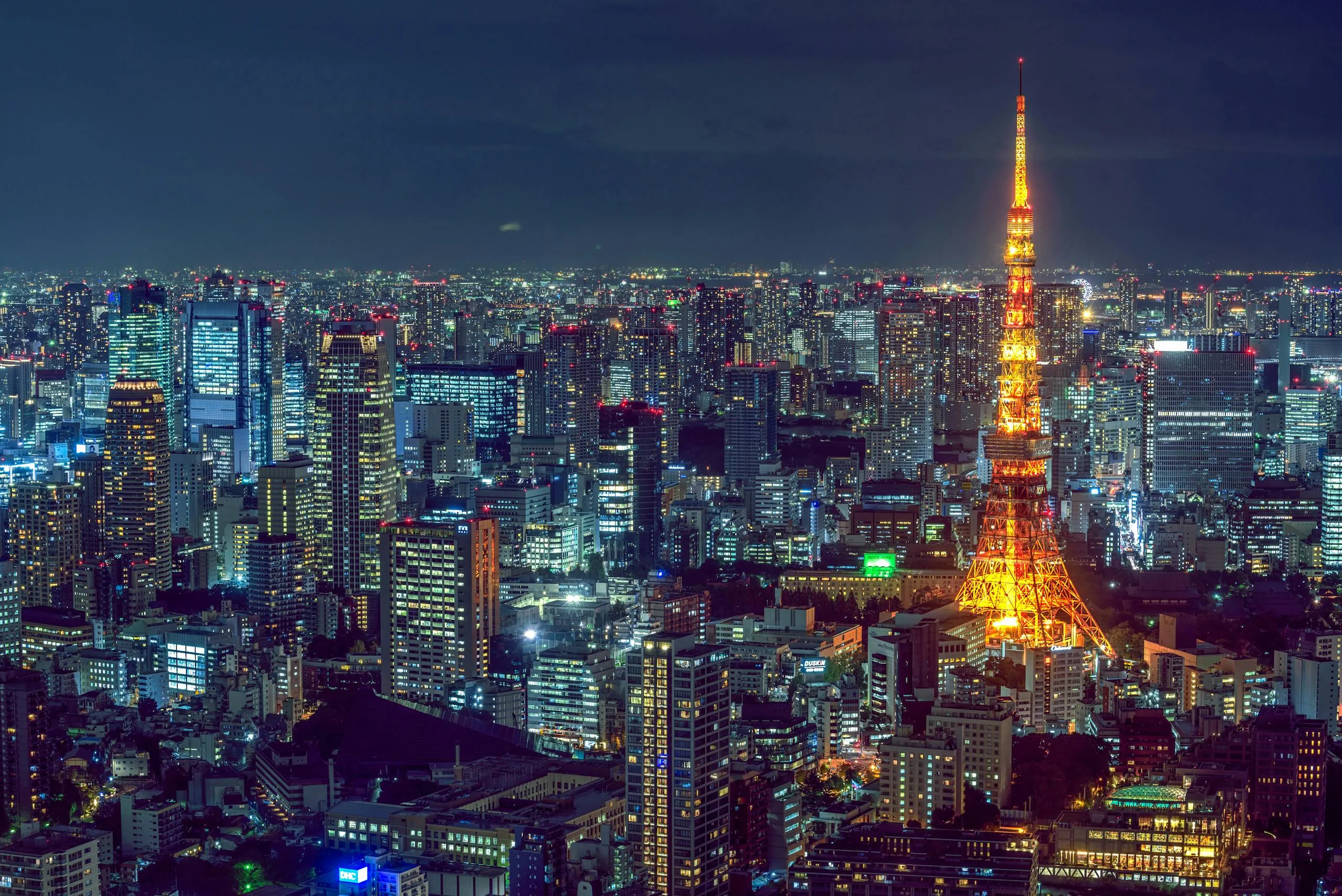
Tokyo is one of those rare cities where centuries-old traditions meet cutting-edge modernity effortlessly. As Japan’s bustling capital and largest city, Tokyo offers an amazing mix of towering skyscrapers, ancient temples, and lively neighborhoods, which makes it a unique spot full of fascinating contrasts.
Visitors are often struck by how the city balances its history and modern life so well. In places like Asakusa, ancient temples and traditional crafts echo hundreds of years of culture, while areas like Shibuya and Shinjuku throb with youthful energy, futuristic tech, and nonstop nightlife. This electrifying combo creates a cityscape where old rituals sit side-by-side with digital art museums, sprawling shopping centers, and neon streets full of life.
- Why Tokyo is a Must-Visit Destination: It boasts world-famous landmarks, deep cultural experiences, and surprisingly affordable travel options with a great variety of places to eat and stay across all budgets.
- Blending the Old and New: Ancient shrines and tea ceremonies coexist next to massive shopping malls, digital exhibitions, and glowing neon streets, giving you a huge range of experiences within one city.
- Understanding Tokyo’s Scale and Neighborhood Diversity: The city is a sprawling patchwork of neighborhoods, each with its own vibe—from fashion-forward Harajuku to the timeless charm of Asakusa—letting you tailor your visit based on what you like.
Tokyo’s vast size can be overwhelming at first. It’s not just one area but a huge collection of distinct boroughs and communities, each offering something special. Whether you want to stroll serene gardens and visit quiet shrines or dive into buzzing markets, nightlife, and cutting-edge entertainment, Tokyo’s neighborhoods have something to match every traveler’s interests and mood.
Essential Planning Tips for Your Tokyo Trip
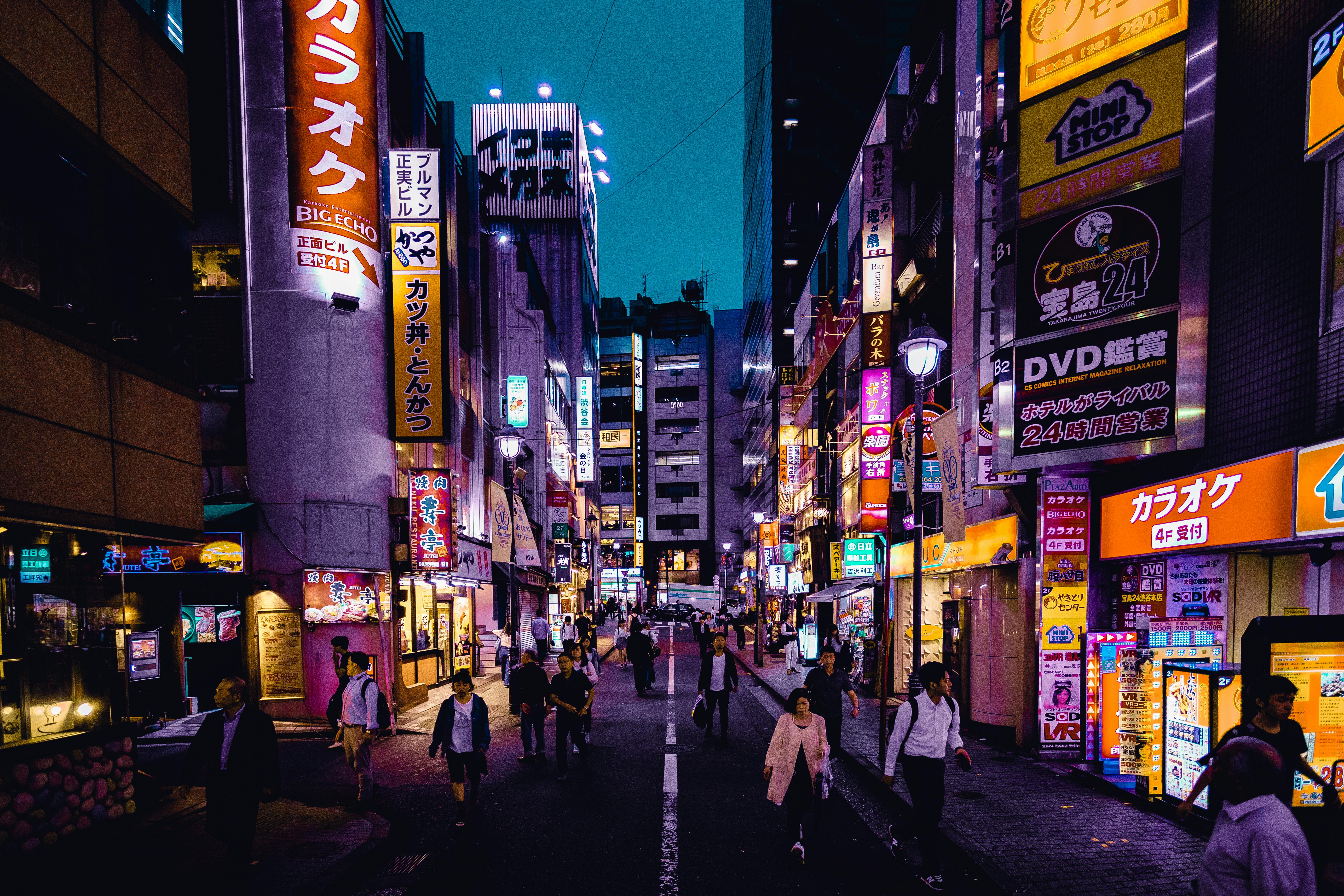
Best Time to Visit Tokyo (2025-2026)
To get the most out of your trip, aim for spring (March to May) or autumn (September to November). These seasons bring mild weather, comfortable temperatures, and stunning sights like cherry blossoms in spring and colorful fall leaves in autumn. Try to avoid the hot, humid summer months—they can be pretty uncomfortable for sightseeing—and steer clear of busy travel times like Golden Week or New Year’s, when crowds swell and prices jump.
Must-Have Apps and Travel Tools
Make sure you have the right apps on your phone to stay on track and stress-free. Google Maps is a lifesaver for navigating Tokyo’s huge transit system and walking routes. Google Translate with offline Japanese packs helps instantly understand signs and menus. The Suica/PASMO app lets you manage prepaid transit cards easily. Don’t forget the Japan Official Travel App for live transit updates and emergency info. Planning train trips? Use Hyperdia or Japan Transit Planner. Plus, a good currency converter app keeps your budget in check with up-to-date exchange rates.
- Google Maps: Station layouts, schedules, walking directions.
- Google Translate: Offline Japanese pack for easy communication.
- Suica/PASMO Mobile App: Convenient transit card management.
- Japan Official Travel App: Live transport and emergency info.
- Hyperdia or Japan Transit Planner: Train routing and timing tool.
- Currency Converter: Keep your budget accurate on the go.
Budgeting for Your Tokyo Trip
Expect mid-range hotels to cost between ¥6,000 and ¥25,000 per night, while budget travelers can find affordable hostels and capsule hotels. Daily transit usually runs about ¥1,000 to ¥1,500 with a Suica or PASMO card.
Meals can vary a lot—figure around ¥800 for casual eats and up to ¥5,000 at upscale places. Many parks, shrines, and temples don’t charge entry, but museums usually cost between ¥500 and ¥2,500. A daily budget of roughly ¥10,000 to ¥20,000 (~$65–130 USD) lets you enjoy comfort and variety without breaking the bank.
Navigating Tokyo’s Transportation System
Tokyo’s metro and JR Rail lines can feel intimidating at first, so getting a prepaid IC card like Suica or PASMO makes life way easier. You can transfer smoothly between trains, subways, and buses. Planning your routes in advance with Google Maps or Hyperdia saves time and hassle. Try to avoid rush hour around 7:30–9:30 am and 5:00–7:00 pm to skip the crowds. Taxis are an option but can get pricey, so it’s best to use them only late at night or for special trips.
Cultural Etiquette and Safety
Respecting local customs will enrich your Tokyo experience. Always queue patiently and stand on the correct side of escalators (it varies by area). Keep your voice down on trains and avoid eating or drinking while riding. Take off your shoes when entering homes, temples, or traditional restaurants. Carry cash since many smaller places don’t take cards, and remember tipping isn’t part of Japanese culture—just say thanks politely. Public trash bins are rare, so hold onto your trash until you find a spot to toss it.
“Plan your trip with the right timing and tools, respect local manners, and navigating Tokyo becomes a rewarding adventure.”
Tokyo Travel Expert
Top Tokyo Neighborhoods to Explore
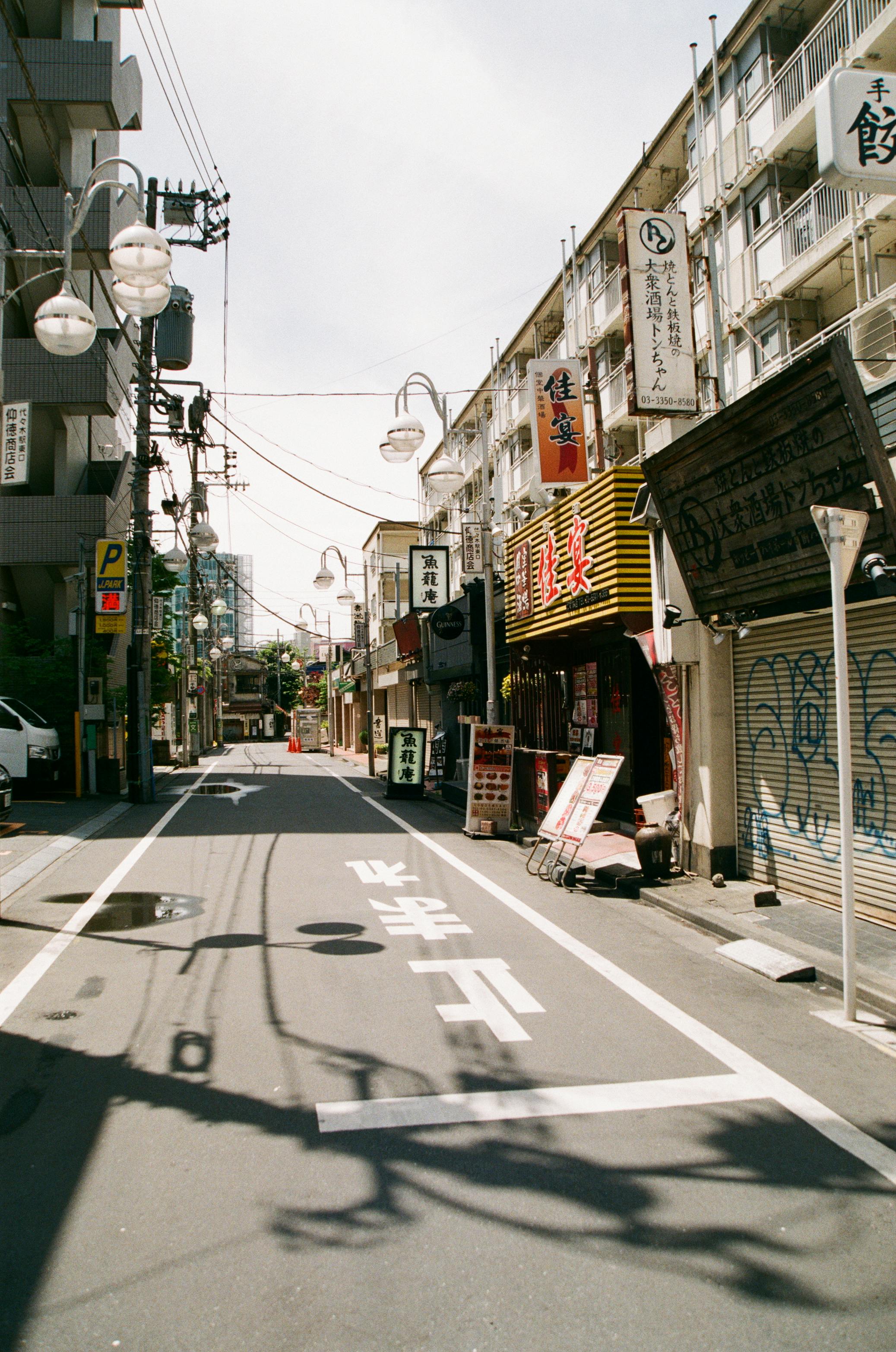
Shibuya: The Heart of Youth Culture

Shibuya is famous for its lively vibe and iconic sights like the Shibuya Crossing, often considered the busiest pedestrian scramble in the world. The Hachiko Statue, right outside the station, is a popular meet-up spot and a great photo op. Shibuya buzzes with youth-led trends, cool fashion stores, energetic nightlife, and a mix of music scenes. Center Gai’s narrow streets are packed with shops, izakayas (Japanese pubs), and entertainment spots. When night falls, neon lights splash the streets in vibrant colors, creating a truly electric atmosphere.
If it’s your first time, Shibuya delivers a classic Tokyo experience—a mix of modern energy and youthful buzz. It’s perfect for pop culture lovers, street fashion fans, and those into nightlife. Pro tip: visit from late afternoon into evening to catch the full flow of crowds and bright lights.
Shinjuku: Skyscrapers and Nightlife
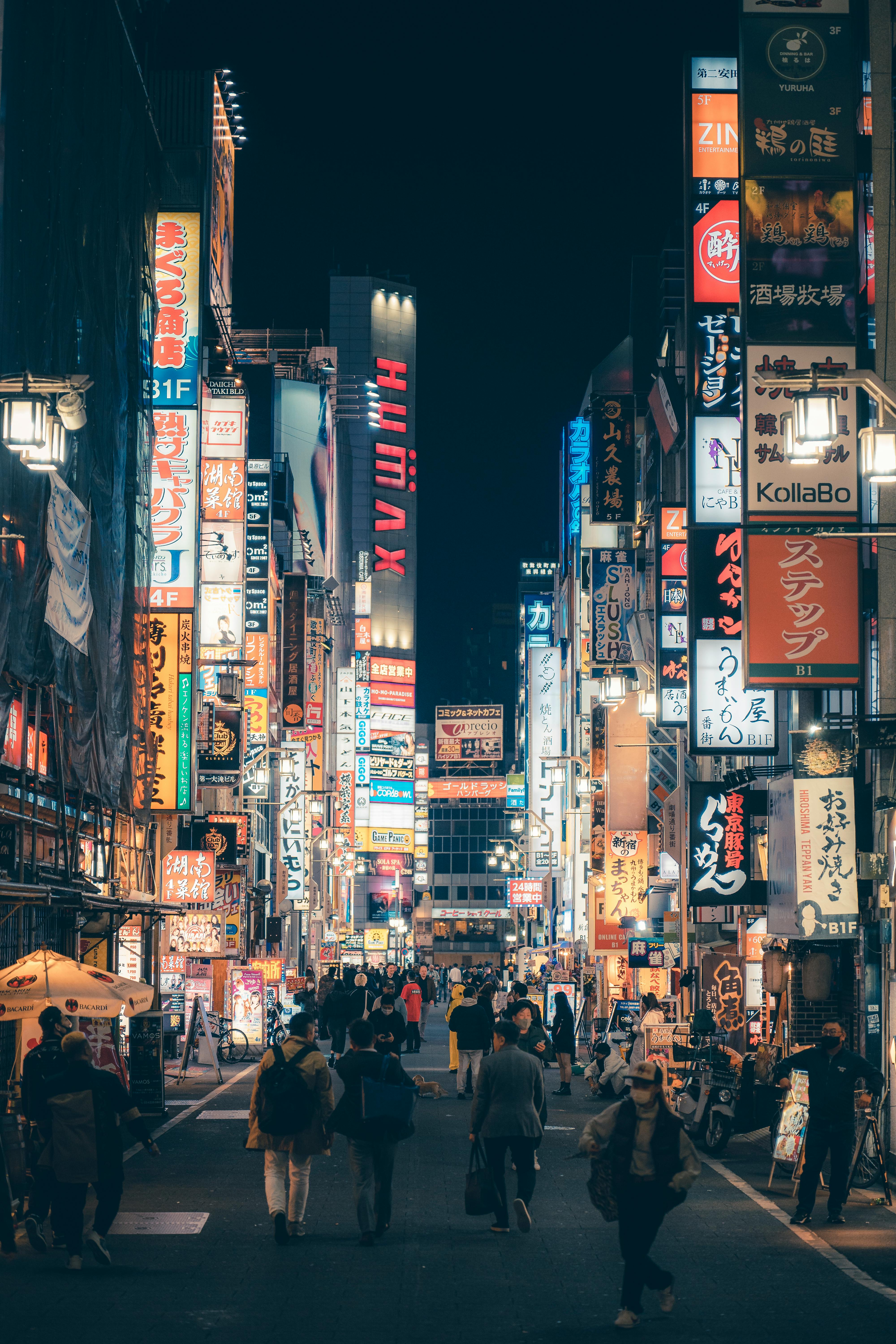
Shinjuku hosts one of the world’s busiest train stations, making it a key transport hub. The area contrasts towering skyscrapers—home to offices, hotels, and malls—with peaceful spots like Shinjuku Gyoen National Garden, a seasonal beauty. At night, Kabukicho, Tokyo’s biggest nightlife and red-light district, lights up with countless bars, clubs, restaurants, and karaoke joints.
Don’t miss Golden Gai, a cluster of narrow alleys filled with more than 200 tiny themed bars, each with its own vibe—from jazzy lounges to punk rock joints. Shinjuku offers something for everyone: vibrant nightlife, shopping, cultural spots, and green spaces. Staying near the Yamanote Line here means you’re well connected for getting around Tokyo and beyond.
Asakusa: Tradition and History
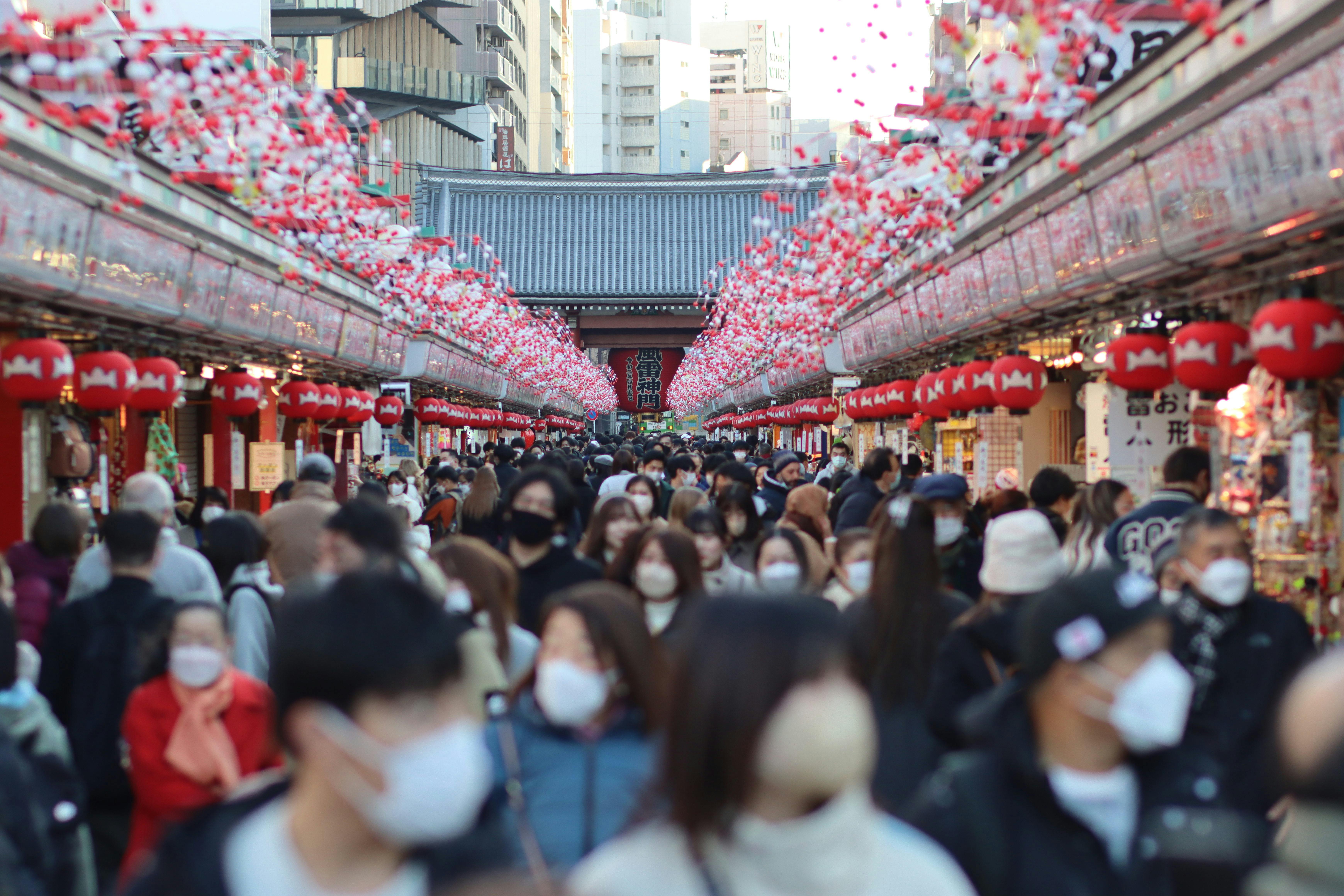
To feel Tokyo’s historical soul, Asakusa is a must-visit. Its highlight is Senso-ji, the city’s oldest and most famous Buddhist temple, known for the dramatic Kaminarimon (“Thunder Gate”) and giant red lantern. Nakamise-dori shopping street buzzes with vendors selling traditional snacks, souvenirs, and crafts. Nearby is Kappabashi Kitchen Street—a treasure trove of kitchenware and chef supplies.
Asakusa keeps an old Tokyo atmosphere alive with rickshaw rides and seasonal festivals that celebrate local traditions. Families and culture lovers will enjoy its authentic feel away from the neon-lit parts of the city. Early mornings here are especially peaceful for experiencing the temple without the crowds.
Harajuku: Fashion and Street Culture

Harajuku is Tokyo’s hub for edgy youth fashion and kawaii (cute) culture. Takeshita Street, a lively pedestrian alley, overflows with quirky boutiques, cosplay outfits, colorful streetwear, and trendy sweets shops. Just nearby, the Meiji Jingu Shrine offers a calm escape surrounded by a forested park, ideal for a moment of calm.
Omotesando Avenue, often called Tokyo’s Champs-Élysées, features luxury stores and stunning modern buildings, creating a stylish backdrop to Harajuku’s youthful energy. Weekdays are best to avoid weekend crowds. Harajuku attracts fashion addicts, content creators, and anyone curious about Tokyo’s cutting-edge street styles and subcultures.
Ginza: Luxury Shopping and Dining

Ginza represents Tokyo’s more refined side, packed with flagship stores for luxury brands, top-notch restaurants, and exclusive art galleries. Ginza Crossing, a famous busy pedestrian intersection, shows off the area’s sleek digital billboards and elegant storefronts, a symbol of urban chic.
Here, you can savor Michelin-starred sushi or catch traditional Kabuki shows at Kabuki-za Theatre. Ginza is perfect for travelers wanting upscale shopping, gourmet meals, and rich cultural experiences. Plus, it’s close to Tokyo Station, great for those arriving or leaving by bullet train.
Akihabara: Electronics and Otaku Culture

Akihabara, aka Electric Town, is a dream spot for tech lovers and fans of anime, manga, and video games. Multi-story electronics stores stock everything from gadgets to computer parts. Specialty anime shops, collectible stores, and themed cafés—including maid and robot cafés—offer a full dive into otaku culture.
The neighborhood buzzes with cosplay events, gaming arcades, and pop culture merchandise. Akihabara suits visitors fascinated by Japan’s tech scene and vibrant pop culture. Budget travelers can find good deals on electronics, though some themed experiences can be pricey.
- Transportation: All these neighborhoods are well linked by Tokyo’s subway and the JR Yamanote Line, making it easy to hop between areas for sightseeing.
- Stay: Pick lodging close to big stations like Shinjuku or Shibuya to make getting around and accessing attractions a breeze.
- Timing: Visit busy historic spots like Senso-ji early to beat the crowds; nightlife areas really shine at night.
- First-time visitors: Focus on Shibuya, Shinjuku, and Asakusa for a well-rounded introduction to Tokyo.
- Repeat travelers: Check out Harajuku, Ginza, and Akihabara to dive deeper into trends, niche interests, and local subcultures.
Hidden Gems and Local Experiences in Tokyo

Tokyo has loads of hidden gems and local experiences that go beyond the usual tourist spots. Take a stroll through Shimokitazawa, known for indie shops, vintage stores, and cozy cafés. It has a chilled-out vibe and plenty of quirky boutiques, live music venues, and a genuine slice of Tokyo’s alternative culture.
Another lovely area is Yanaka, where time seems to slow down amid traditional shops, family-run eateries, and winding streets that keep the “shitamachi” (old downtown) Tokyo feel alive. Yanaka Ginza, a nostalgic shopping street, invites you to sample local snacks and shop handmade crafts that capture everyday Tokyo life. Nearby, Yanaka Cemetery offers peaceful walks surrounded by cherry blossoms when in season.
- Kagurazaka: Wander cobblestone lanes where history blends with modern art galleries and refined kaiseki (traditional multi-course) dining, for a rich cultural mix.
- Todoroki Valley: Escape to a lush green trail with gardens and tea houses within city limits—a quiet break from the busy streets.
- Daikanyama’s Tsutaya T-Site: This chic shopping complex combines books, boutiques, and cozy cafés, popular with locals for laid-back urban life.
- Farmers Market at United Nations University (Aoyama): Held on weekends, this market offers fresh seasonal produce and handmade goods—great for a genuine local shopping and food experience.
Food lovers looking to go beyond the famous spots will find plenty of hidden dining gems. Kichijoji’s Harmonica Yokocho is a maze of narrow alleys full of tiny bars, yakitori stands, and cozy cafés where locals hang out. In Shibuya, Cafe Reissue serves up playful 3D latte art that’s both fun to look at and delicious.
If you want something unique, try Sushiya no Nohachi, known for bite-sized sushi masterpieces, or head to Bar High Five in Ginza for personalized cocktails crafted by expert bartenders, away from the touristy crowds.
- Alice in Fantasy Book Cafe: Step into a magical world with whimsical décor and playful Alice in Wonderland-themed dishes.
- At-Home Maid Cafe, Akihabara: Experience interactive otaku culture with themed snacks and friendly staff in maid costumes.
Beyond the usual, check out Tokyo’s offbeat spiritual spots like Gotokuji Temple, the birthplace of the famous Maneki Neko (beckoning cat), offering a peaceful vibe and charming sights. Nearby, Nezu Shrine features stunning vermilion torii gates reminiscent of Kyoto’s popular spots, but with far fewer crowds.
Exploring these hidden wonders gives your trip a real depth with authentic experiences that celebrate Tokyo’s neighborhood variety and cultural richness. Whether wandering quiet valleys, popping into quirky cafés, or discovering tucked-away temples, these insider spots will make your Tokyo adventure truly special.
Seasonal Events and Festivals in Tokyo 2025-2026
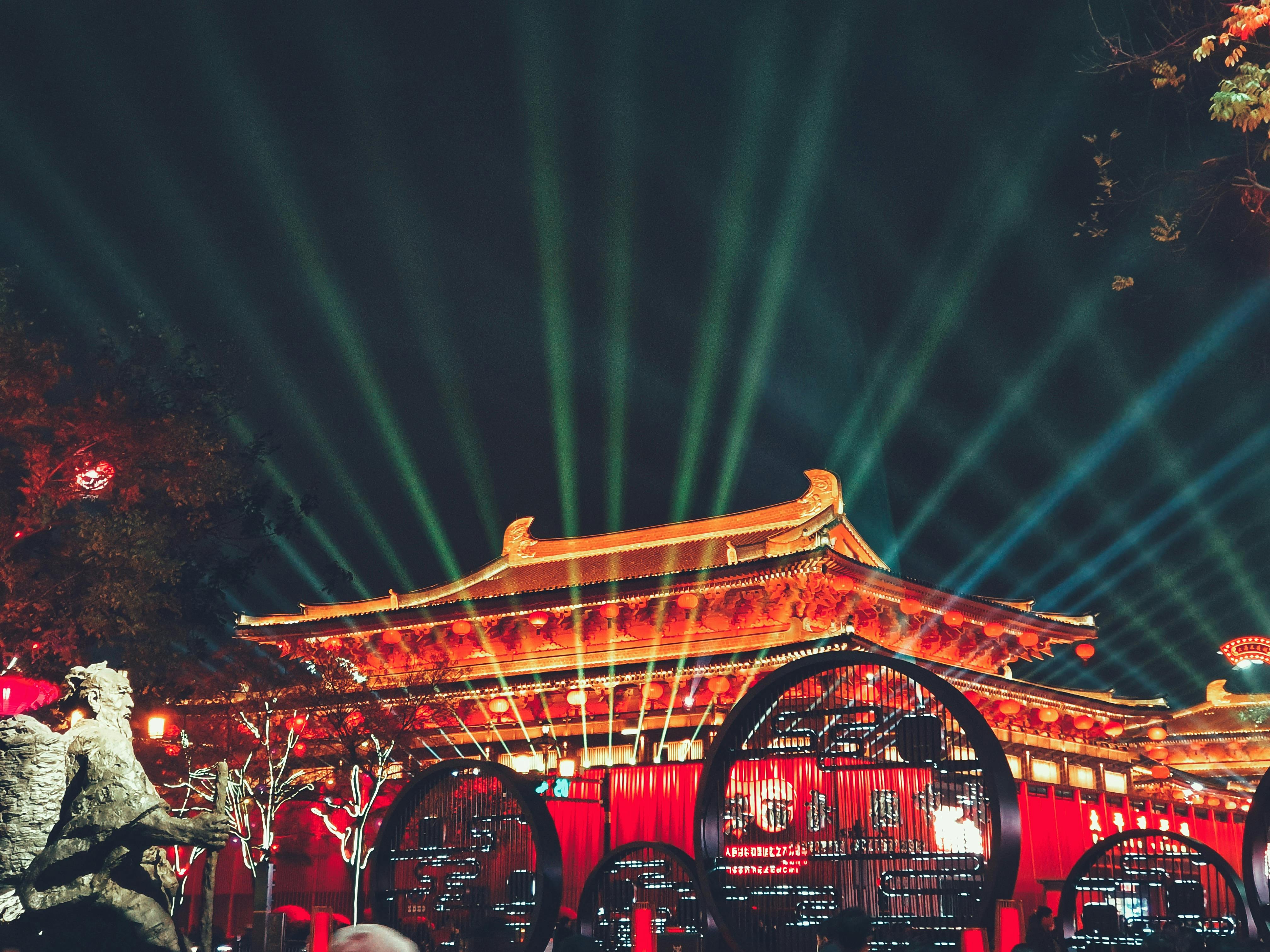
Tokyo’s calendar is packed with lively seasonal events and festivals in 2025-2026 that showcase its rich culture and community spirit. No matter the time of year, there’s always something new and exciting happening here.
Spring means cherry blossom season, with the peak expected around late March to early April 2025. Spots like Ueno Park and Shinjuku Gyoen light up with thousands of sakura blooms as people gather for hanami picnic parties. The festive atmosphere is boosted by food stalls, street performances, and beautiful evening illuminations. Late April to early May brings Golden Week, a set of national holidays featuring vibrant parades and plenty of outdoor fun.
- Top cherry blossom viewing spots: Ueno Park, Shinjuku Gyoen, Meguro River, Showa Memorial Park, Chidorigafuchi Moat
- Golden Week: Late April – Early May, lively citywide festivities and cultural events
Summer heats up with some of Japan’s most dazzling festivals and fireworks shows. The Sumidagawa Fireworks Festival on the Sumida River in late July lights up the sky with around 20,000 fireworks, attracting huge crowds to viewpoints like Sakurabashi Bridge and Tokyo Skytree. The Edogawa Fireworks Festival in early August is famed for its rapid, synchronized bursts and music-accompanied displays featuring Mt. Fuji designs.
- Sumidagawa Fireworks Festival: Late July, about 20,000 fireworks; best viewed from riverbanks and nearby bridges.
- Edogawa Fireworks Festival: Early August, known for creative patterns with musical sync.
- Sanja Matsuri (May): One of Tokyo’s liveliest traditional festivals with colorful portable shrine parades in Asakusa.
- Ueno Summer Festival: Mid-July to mid-August, featuring live music, food stalls, and a true summer vibe in Ueno Park.
Autumn paints Tokyo with beautiful fall foliage in parks and gardens, covering the city in fiery reds and golds. The Tokyo International Film Festival in October draws movie lovers with its showcase of Japanese and global cinema. November features the Shichi-Go-San festival—a traditional celebration for children aged three, five, and seven with shrine visits and colorful attire.
- Best autumn foliage spots: Rikugien Garden, Koishikawa Korakuen Garden, Meiji Jingu Gaien Avenue.
- Tokyo International Film Festival: October, premier film event mixing Japanese and international movies.
- Shichi-Go-San (Nov 15): Traditional celebrations marking children’s growth with shrine ceremonies.
Winter turns Tokyo into a twinkling wonderland with illumination displays from late November through February. Areas like Roppongi Hills, Marunouchi, Shibuya, and Tokyo Midtown glow with festive lights loved by locals and visitors alike. New Year’s celebrations, especially hatsumode (first shrine visit), draw millions to places like Meiji Jingu and Senso-ji between January 1 and 3, complete with festive markets and traditional customs. February 23 is the Emperor’s Birthday, a major public holiday with special ceremonies and public access at the Imperial Palace.
- Winter illuminations: Roppongi Hills, Marunouchi, Shibuya, Tokyo Midtown, and more all glitter brightly.
- New Year (Shogatsu): Jan 1-3, visit shrines early, enjoy markets and traditional foods.
- Emperor’s Birthday: Feb 23, special events and open days at the Imperial Palace.
To get the best out of these festivals, book your lodging early during peak times like cherry blossom and fireworks season. Arrive early at popular hanami spots or festival venues to grab good views and avoid huge crowds. Keep an eye on local event calendars, as smaller neighborhood festivals and pop-up events often add extra charm to Tokyo’s vibrant scene.
Comprehensive Tokyo Sightseeing Guide

Tokyo spreads out over a huge urban area packed with incredible sights. To help you plan your visit, here’s a thorough guide to Tokyo’s iconic landmarks, historic temples, peaceful gardens, innovative museums, stunning modern buildings, and family-friendly spots that appeal to every interest.
Iconic Landmarks and Must-See Attractions
Start with the awe-inspiring Tokyo Skytree, Japan’s tallest tower, where you can enjoy epic panoramic views and a lively shopping area below. No trip is complete without a stroll across the famous Shibuya Crossing, often called the busiest pedestrian intersection in the world — perfect for people-watching and capturing the city’s lively energy. The bustling districts of Shinjuku and Shibuya offer a rich mix of shopping, dining, and culture, while Ginza dazzles with upscale shops, art galleries, and fine restaurants.
For families and tech lovers, Odaiba is a futuristic playground featuring big entertainment complexes, waterfront walks, interactive museums, and landmarks like the Rainbow Bridge and Unicorn Gundam statue—fun for all ages.
Temples, Shrines, and Gardens
No Tokyo sightseeing list is complete without historic religious sites. Senso-ji Temple in Asakusa, with its iconic Kaminarimon Gate, is the oldest temple and a lively cultural magnet surrounded by traditional shops. In contrast, the serene Meiji Jingu Shrine near Harajuku offers tranquil nature walks and a chance to experience Shinto traditions.
Nature fans will love spacious green spots like Shinjuku Gyoen National Garden, famous for its Japanese, English, and French garden styles, especially beautiful during sakura and fall colors. Ueno Park combines open spaces with several museums and gardens, perfect for seasonal flowers and cultural events.
Museums and Art Galleries
Tokyo’s museums cover a wide range of interests. The Tokyo National Museum in Ueno Park holds vast collections of Japanese art and artifacts like samurai armor and ancient ceramics. For something more modern, Teamlab Planets and Teamlab Borderless offer stunning immersive digital art experiences that delight visitors of all ages with interactive exhibits.
The Sumida Aquarium at the Tokyo Skytree complex is great for marine life fans, while the National Museum of Nature and Science has fun and educational exhibits for families and curious folks.
Modern Architectural Highlights
Besides its rich traditions, Tokyo showcases impressive modern architecture. The iconic Tokyo Tower stands as a symbol of Japan’s post-war boom, with observation decks offering stunning nighttime views. The Mori Building in Roppongi Hills blends an art museum with a lookout deck boasting sweeping cityscapes, making it a cultural hotspot.
New developments like Kabukicho Tower in Shinjuku mix entertainment, shopping, and nightlife in a lively setting. Plus, Shibuya Sky, a rooftop observatory atop a futuristic skyscraper, offers breathtaking views of the sprawling Tokyo skyline—especially stunning at sunset and after dark.
Family-Friendly Attractions
Tokyo is very family-friendly, boasting plenty of attractions for all ages. Ueno Zoo, Japan’s oldest zoo inside Ueno Park, houses popular animals like giant pandas and elephants. The famous Tokyo Disneyland and DisneySea parks offer magical environments filled with fun and entertainment for both kids and adults.
Odaiba also draws families with interactive attractions like the LEGOLAND Discovery Center and teamLab’s digital art spaces. Anime and gaming fans will love Akihabara, packed with shops and themed cafés that create an electric vibe.
- Kimono tea ceremonies in Asakusa: Try traditional tea with elegant kimono attire.
- Tsukiji Outer Market: Enjoy fresh seafood and vibrant street food at this historic market.
- Ameyoko Street Market in Ueno: Explore a lively mix of local snacks, souvenirs, and atmosphere.
- Sumida River boat cruises: See Tokyo’s skyline from the water—especially lovely at sunset.
With some planning and insider tips, your Tokyo sightseeing will blend famous landmarks with authentic moments, making your trip smooth and memorable. Don’t forget to keep seasonal events in mind, book popular spots ahead during busy seasons, and leave room for spontaneous fun discoveries.
Dining in Tokyo: Culinary Adventures
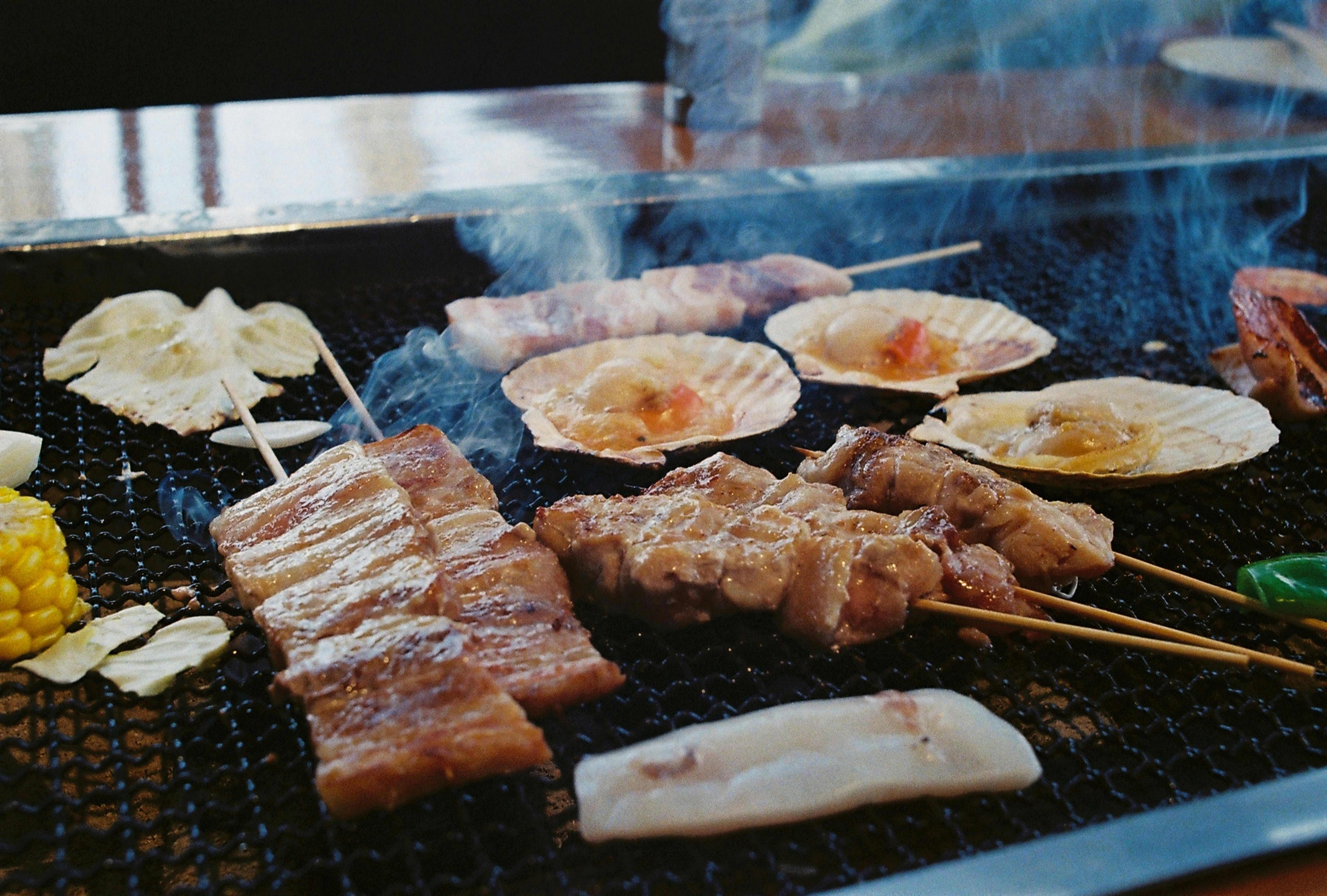
Eating in Tokyo is a true adventure that suits every taste and curiosity. From world-class sushi counters to bustling ramen shops and quirky themed cafés, the food scene perfectly matches Tokyo’s mix of tradition, innovation, and fun.
Tokyo is famous for its local favorites and street eats. While street stalls are less common than in some Asian cities, lively markets and cozy yokocho alleys offer tasty bites like takoyaki (octopus balls), yakitori (grilled chicken skewers), menchi katsu (crispy minced meat patties), and monjayaki, a savory pancake cooked right on your table. The legendary Tsukiji Outer Market remains a top spot to try fresh seafood snacks and sweet treats like grilled scallops or chewy red bean pastries.
- Takoyaki: Crispy on the outside, gooey inside, topped with sauce, mayo, and bonito flakes.
- Yakitori & Yakiton: Grilled skewers of chicken and pork, seasoned simply or with tasty tare sauce.
- Monjayaki: A runny pancake cooked tableside with various ingredients.
- Gyoza: Pan-fried dumplings filled with pork and veggies, popular as snacks or sides.
- Sweet treats: Dorayaki (red bean pancake sandwiches) and mochi (including salted sweet shio daifuku) are delightful desserts.
Sushi lovers will find Tokyo to be the ultimate destination for authentic Edomae-style sushi. Top spots like Sushi Saito and Hakkoku offer exquisite omakase menus focused on fresh, seasonal fish presented with precision. For a more approachable but still authentic experience, Sushi Dai near Tsukiji offers excellent sushi at reasonable prices—just be ready for early morning lines. Whether after luxe dining or local gems, Tokyo’s sushi scene has it all.
- Sushi Saito: Intimate, world-class sushi with limited seats and advanced booking required.
- Hakkoku: Seasonal multi-course sushi emphasizing pure flavors and presentation.
- Sushi Inomata: Famous for top-notch uni (sea urchin) and tuna in a welcoming setting.
- Sushi Dai: Fresh, wallet-friendly sushi loved by locals and visitors.
Ramen and noodle shops are another hot culinary highlight. From Michelin-starred bowls at Nakiryu and Sansanto featuring spicy, rich broths, to iconic chains like Ichiran and Mutekiya, you’ll find everything from creamy tonkotsu pork to light, citrusy yuzu ramen at Afuri. Tsukemen (dipping noodles) deserve a mention too—Rokurinsha at Tokyo Station is famed for rich sauces and perfectly chewy noodles. Lines can be long, but it’s worth the wait.
- Nakiryu: Michelin-starred spicy sesame tantanmen ramen.
- Ichiran: Solo booths specializing in customized tonkotsu ramen.
- Afuri: Fresh yuzu citrus ramen, great for lighter meals.
- Rokurinsha: Top choice for tsukemen with rich broth and tasty noodles.
Vegetarian and vegan options have grown a lot lately. Spots like Plant Based Tokyo and T’s Tantan focus on vibrant vegan dishes, including ramen and deli plates. The upscale Saido offers elegant multi-course vegan tasting menus blending tradition with creative plant-based cuisine. There are also vegan gyoza places and cafés with clearly marked menus, letting you savor authentic Tokyo flavors without meat or dairy.
- Plant Based Tokyo: Vegan deli with hearty curries, desserts, and takeaway options.
- T’s Tantan: Popular vegan ramen spot inside Tokyo Station with flavorful broths.
- Saido: High-end vegan tasting menus available by reservation.
- Vegan Gyoza Yu: Casual spot specializing in vegan dumplings and Japanese dishes.
For a bit of fun, Tokyo has unique themed cafés and restaurants. From the gothic vibes of the Vampire Cafe in Ginza to the anime-themed Animate Cafe, or the black-and-white cartoon feel at 2D Cafe in Shinjuku, these spots combine quirky décor with tasty food. Animal cafés, like owl cafés, and places like Shiro-Hige’s Cream Puff Factory, known for Totoro-shaped pastries, showcase Tokyo’s playful enjoyment of food and entertainment.
- Vampire Cafe: Gothic Victorian theme with theatrical dining and scenic decorations.
- Animate Cafe: Popular rotating themes inspired by current anime and manga.
- 2D Cafe: Photogenic black-and-white cartoon styled café blending visuals and cuisine.
- Shiro-Hige’s Cream Puff Factory: Studio Ghibli-inspired desserts in Setagaya, loved by all ages.
Whether you’re after the freshest sushi, hearty ramen, tasty vegan meals, or fun themed cafés, Tokyo’s food scene delivers unforgettable experiences. Just remember to book popular restaurants ahead, always carry cash for smaller places, and be open to trying new things for a true taste of this dynamic city.
Accommodation Options for Every Budget

Tokyo has a wide range of places to stay that fit every budget—from affordable hostels and compact capsule hotels to comfortable mid-range business hotels and luxurious resorts. Whether traveling solo, as a couple, or with family, you’ll find accommodations that match your comfort and style needs.
- Hostels: Many hostels offer dorm beds and private rooms, often in convenient areas like Asakusa or near main stations. Examples include Stay Work Asakusa, Tokyo Guesthouse Hive near Bakurocho Station, and the book-themed Book & Bed Hostel in Shinjuku, each with its own vibe.
- Budget Hotels: Chains like APA Hotel and Hotel Mystays provide clean, comfy rooms with easy transit access, usually priced around €60–€80 per night. Some have added perks like rooftop spas or shared spaces.
- Mid-Range Hotels: Options like Tokyu Stay Gotanda come with kitchenettes, washers, and larger rooms—great for travelers who want convenience and the option to self-cater. These are typically close to lively spots like Shibuya or Shinjuku.
Picking neighborhoods like Asakusa, Ueno, or Shinjuku lets you find affordable places close to popular sights and transport hubs. Booking early during busy seasons and festivals is key for snagging good deals. Going for room-only options saves money and lets you fully enjoy Tokyo’s amazing food scene.
| Accommodation Type | Example | Location | Approximate Price (per night) | Highlights |
|---|---|---|---|---|
| Capsule Hotel | Various | Citywide | From very low (~¥2,000) | Compact pod-style sleeping spaces perfect for solo travelers |
| Hostel | Stay Work Asakusa | Asakusa | €23 (dormitory), €55 (private) | Communal areas, budget friendly, social atmosphere |
| Hostel | Book & Bed | Shinjuku | From €36 | Book-themed, cozy, close to transit |
| Budget Hotel | Hotel Mystays | Asakusa | Affordable (~¥7,000) | Easy transit access, modern rooms |
| Budget Hotel | APA Hotel | Asakusa, Shinjuku | ~€70 | Business chain, some with rooftop spas and facilities |
| Mid-Range Hotel | Tokyu Stay Gotanda | Gotanda | ¥14,000+ | Kitchenette, in-room washer, central location |
With so many choices, travelers can find lodging that fits their needs without giving up comfort or location. Choosing neighborhoods well connected by transit helps you dive into Tokyo’s lively culture and colorful local scenes with ease.
Getting Around Tokyo Efficiently
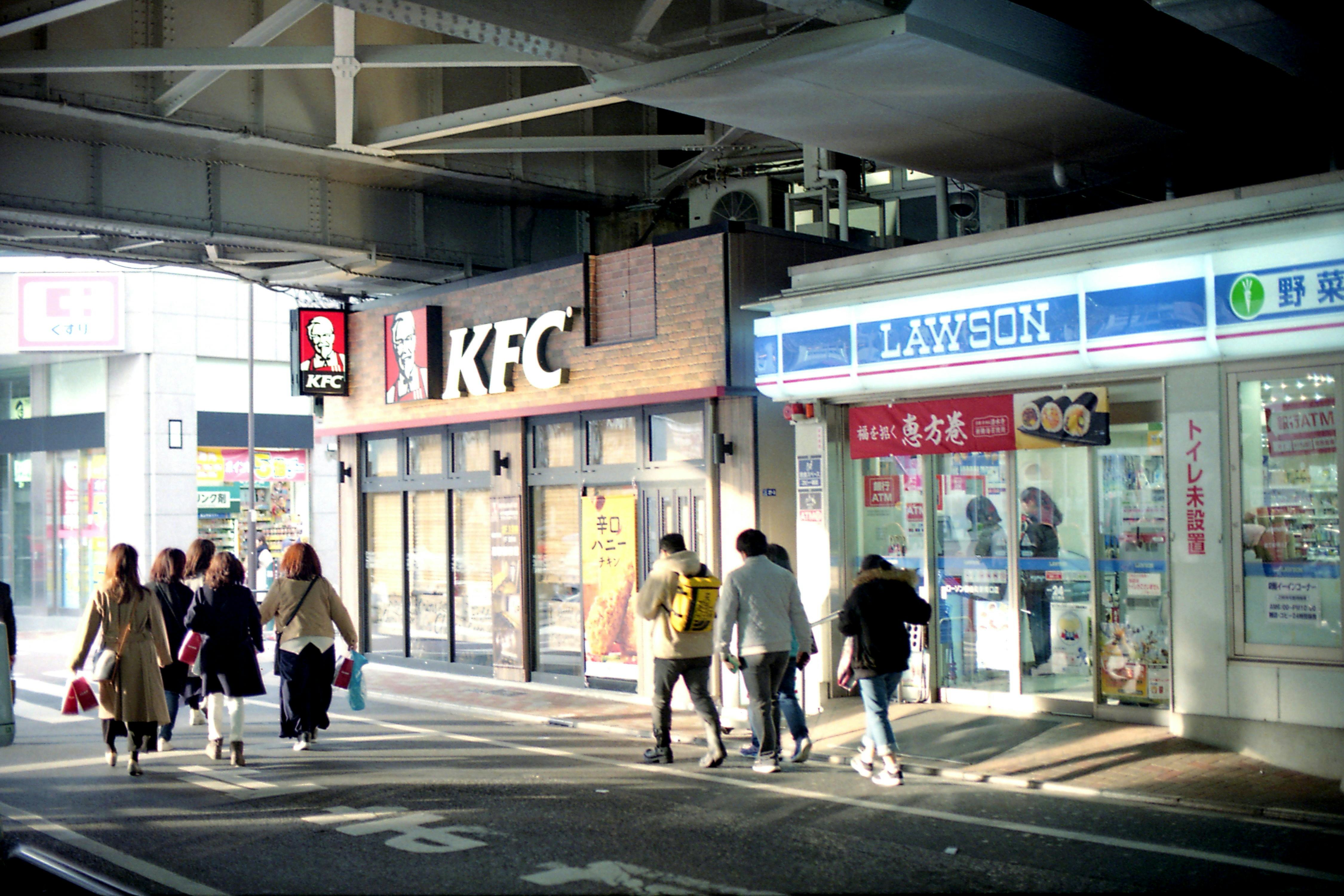
Tokyo’s transport system is known worldwide for being punctual, clean, and covering tons of ground—making it the easiest way to get around this huge city. The main players are JR East trains, especially the Yamanote Line loop connecting spots like Shibuya, Shinjuku, and Tokyo Station, plus the subway lines run by Tokyo Metro and Toei Subway. The Yamanote Line is perfect for first-timers who want to explore central Tokyo.
The subway fills in the gaps, reaching areas beyond the loop including Roppongi and Asakusa. Trains run often and on time, so you can dodge Tokyo’s traffic jams.
- IC cards like Suica and PASMO make transit super easy. These rechargeable cards work on almost all trains, buses, and even some shops and vending machines, letting you tap and go without fuss.
- Both cards do the same job, so pick whichever’s easier to get when you arrive.
- Some travelers order Suica cards online for quick pick-up at the airport, saving time.
Tokyo is served by two airports: Narita and Haneda. Narita is linked to the city by the fast Narita Express (NEX) train to Tokyo or Shinjuku, the Keisei Skyliner to Ueno, or limousine buses. Haneda connects by Tokyo Monorail or Keikyu Line, both usable with IC cards. Each has different travel times and costs, so pick the option that suits your schedule and luggage.
Many central neighborhoods like Shibuya and Ginza are great for walking. Exploring on foot uncovers hidden alleys and memorable street scenes and gives you a break from trains. Bike rentals and shared services are getting popular, but remember to follow local rules and park only in designated spots to avoid fines.
Taxis are safe and easy but more expensive than public transit, especially late at night when rates go up. Most take cards and IC cards, though language can be a hurdle—carry your destination address written in Japanese to help. Ride-sharing is limited here, so using taxi apps like JapanTaxi is the best bet if you need door-to-door rides after trains stop running.
| Transport Mode | Best Use | Payment Method | Notes |
|---|---|---|---|
| JR Trains (Yamanote Line) | Major hubs & quick city loop | Suica/Pasmo, JR Pass | Frequent & punctual; JR Pass useful for intercity trips |
| Subway (Tokyo Metro/Toei) | Outer districts and dense inner city areas | Suica/Pasmo | Extensive network; connects to many neighborhoods |
| IC Cards (Suica, Pasmo) | Trains, buses, stores | Prepaid smart cards | Fast tap-and-go convenience |
| Airport Express (NEX, Skyliner, Monorail) | Airport to city transfers | IC card or tickets | Varying speed and cost by airport |
| Walking | Short distances, sightseeing | Free | Enjoyable in key neighborhoods |
| Biking | Local neighborhood exploration | Rental bike services/apps | Observe traffic rules and parking spots |
| Taxis | Late-night travel, luggage transport | Cash, card, IC cards | Expensive; limited English communication |
“Using a Suica or Pasmo card is the easiest way to glide through Tokyo’s often-complex transport network, saving time and avoiding hassles at ticket vending machines.”
Tokyo Travel Expert
Cultural Insights and Etiquette for Visitors
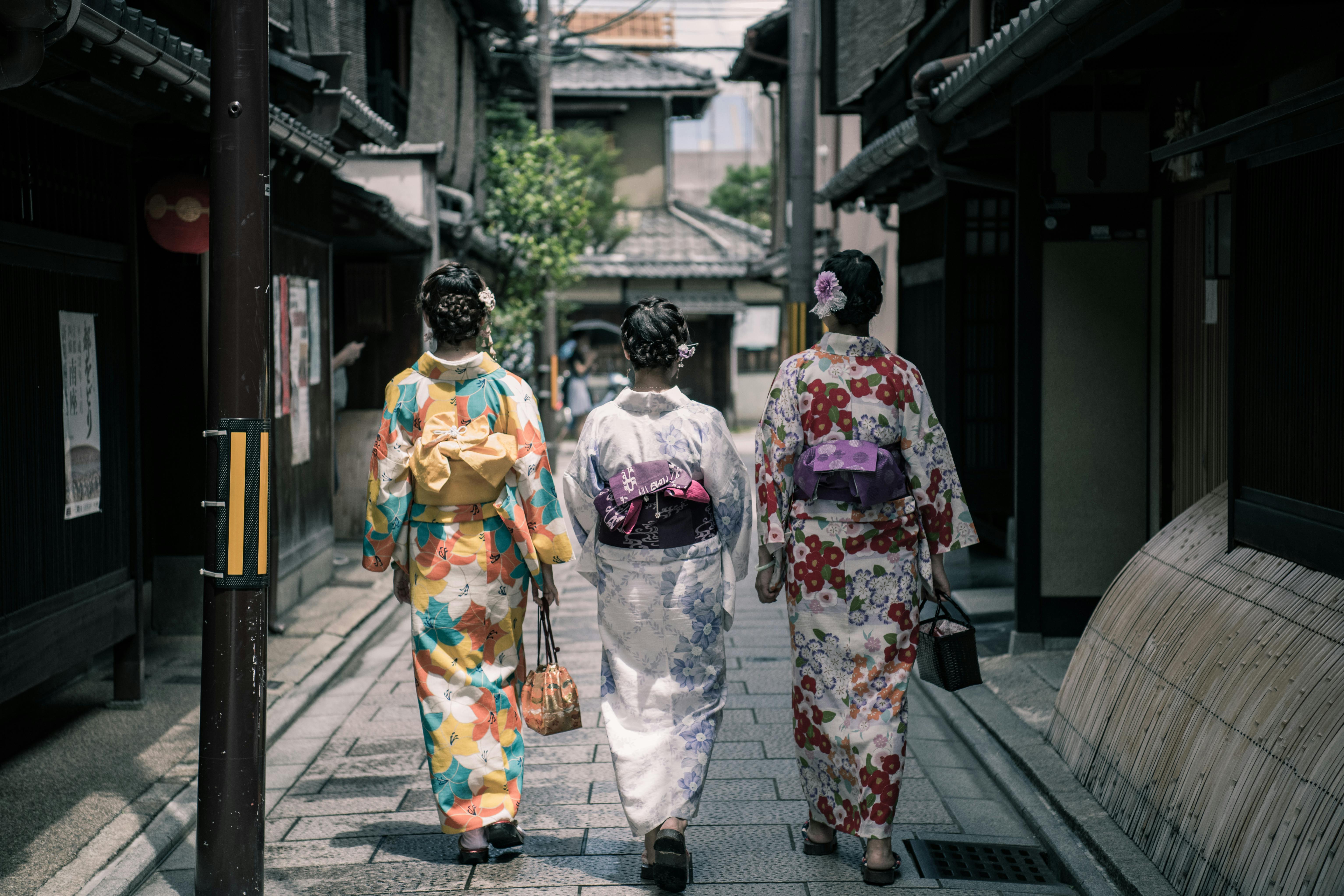
Visitors to Tokyo will experience a city where modern innovation blends effortlessly with centuries-old customs. To truly enjoy your time and show respect, it helps to know some key cultural insights and etiquette that are important here.
Japanese culture values politeness, cleanliness, and thoughtfulness. Bowing is a common way to greet and show respect in social and business settings. Being punctual is highly appreciated, so try to be on time for tours, meetings, and appointments.
- Public behavior: Keep noise low, especially on trains and buses—talking on phones is discouraged and conversations are whispers at best. Don’t eat or drink while walking—save it for designated spots or restaurants.
- Queue patiently: Always wait your turn in orderly lines. Cutting in line is seen as rude.
- Don’t litter: Public trash bins are rare, so carry your trash with you until you find a bin.
Take off your shoes when entering homes, temples, or traditional restaurants, and use indoor slippers if provided. At religious sites, show respect by bowing upon entry, cleansing your hands and mouth at purification fountains (temizuya), and follow any photography rules. Dress modestly—covering shoulders and knees helps honor local sensitivities.
- Language tips: Learning simple Japanese greetings like konnichiwa (hello), arigatou gozaimasu (thank you), and sumimasen (excuse me/sorry) helps a lot. Adding -san after names is a polite way to show respect.
- Be polite: Courteous behavior paired with a slight bow when fitting leaves a great impression and smooths communication.
Tipping isn’t part of Japanese culture and can cause confusion or offense. Excellent service is standard and best acknowledged with a simple thank you and respectful manners. Also, respect personal space, avoid unnecessary touching, and keep public displays of affection low, as these aren’t common here.
“Embracing local customs not only enriches your experience but also shows your respect for Tokyo’s unique culture.”
Tokyo Travel Expert
Practical Travel Information and Resources

When traveling to Tokyo, having the right practical info handy will make things easier and more fun. Staying connected is key—consider renting a pocket Wi-Fi or getting a Japanese SIM card with plenty of data so you have internet wherever you go. Many cafés, hotels, and public spots offer free Wi-Fi too, though it might be patchy outside central areas.
Tokyo is known as a very safe city, but it’s smart to keep emergency contacts handy. The emergency numbers in Japan are 119 for fire and ambulance, and 110 for police. Tourist info centers staffed by multilingual people are at major stations and airports to help whenever needed.
- Currency Exchange: Although Japan is using cards more, cash is still king in many small shops and eateries. Exchange yen before you arrive or at official counters in airports. 7-Eleven ATMs and post offices often accept foreign cards.
- Payment Methods: IC cards like Suica or Pasmo are accepted on almost all public transport, vending machines, and some stores, making spending quick and easy.
- Useful Contacts and Services: Save important numbers like the Tokyo Tourist Information Center (+81 3-3212-4888), your embassy contacts, and emergency hotlines in your phone.
- Downloadable Maps and Itineraries: Use official Tokyo tourism apps and offline maps to plan your days with walking routes, transit lines, and attractions.
With these practical resources at hand, your Tokyo trip will be well-organized and hassle-free, letting you focus on exploring Shibuya’s busy streets or discovering quiet local neighborhoods with confidence.
Final Thoughts
This Tokyo Japan travel guide for 2025-2026 gives you a deep look into Tokyo’s lively neighborhoods, rich culture, and incredible food. Whether you’re drawn to famous spots like Shibuya Crossing, enchanted by hidden gems in quiet areas like Yanaka, or excited by lively seasonal festivals, this guide offers essential tips to plan your trip, get around, and respect local customs. With advice on where to stay, where to eat, and how to navigate, you’re set to create a genuine, personalized Tokyo adventure that fits your style and budget.
As you get ready for this amazing journey, remember that embracing Tokyo’s unique mix of tradition and innovation will make your experience even richer. Stay curious, plan ahead for busy seasons and festivals, and don’t be afraid to wander off the beaten path. The best Tokyo discoveries are waiting for those ready to explore thoughtfully and openly. Your next great adventure is just around the corner.
- Key Takeaways
- Introduction to Tokyo: A City of Tradition and Innovation
- Essential Planning Tips for Your Tokyo Trip
- Top Tokyo Neighborhoods to Explore
- Hidden Gems and Local Experiences in Tokyo
- Seasonal Events and Festivals in Tokyo 2025-2026
- Comprehensive Tokyo Sightseeing Guide
- Dining in Tokyo: Culinary Adventures
- Accommodation Options for Every Budget
- Getting Around Tokyo Efficiently
- Cultural Insights and Etiquette for Visitors
- Practical Travel Information and Resources
- Final Thoughts
Get your FREE Monstera Art download
Join our WanderLife Studios mailing list to get updates about our work and be the first to know about upcoming art products.
As a Thank You Gift, you will get this wonderful hand-drawn Monstera Line Art as a digital download for FREE .
